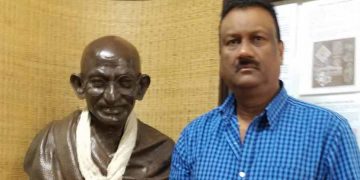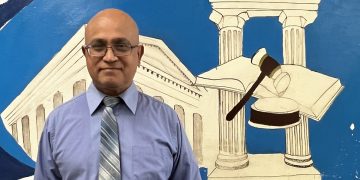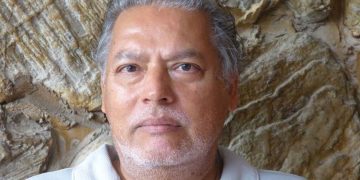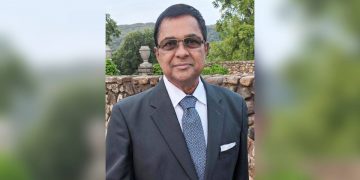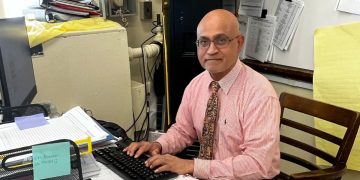India, the world’s largest democracy, closes out voting for its National Assembly or Lok Sabha for 543 seats on June 1in its seventh and final phase. The first phase was on April 15. Indian Guyanese and other Indo Caribbeans in the diaspora as well as Indians in Guyana, Trinidad, Suriname, Aruba, St Martin, and other Caribbean territories have been keenly following the campaign and are anxious about the outcome. Most, not just Hindus but adherents of other faiths also, want Modi and the BJP to win another term because of the pride Modi has brought to Indians globally with his governance. Modi has deepened relations with the Caribbean and Latin states and with USA, France, Holland, and UK where Indian Caribbeans are settled. Trade relations with Guyana have been the highest in dollars under Modi and Guyana has been the recipient of massive amounts of aid under Modi.
As as Indologist and India watcher, this writer received countless calls and text requests for an assessment of the expected outcome of the Indian elections. The BJP is projected to win although lower than expected turnout could impact the outcome. Several seats are expected to be close especially in northern constituencies and can go either way for the BJP or the opposition. But the opposition has not presented itself as a strong alternative.
Because of the sheer voters size, the election has been held in seven phases with each on a different date in different parts of the country for a different number of seats; voters had or have only day in their area or constituency to cast ballot. There are 968 million voters on the roll. The election decides which party or coalition (alliance) will form the government. A party or alliance needs to win a minimum 272 seats to form a government. Unlike Guyana, a person can run as an independent and a person can also seek office from two seats. De facto Opposition Leader Rahul Gandhi contested from two seats and is expected to win both. A MP can only hold one seat and Rahul will have to resign one (probably in South) if he wins two. Unlike in Guyana, people vote for each individual candidate (representing the party). And one of the options is none of the above or NOTA. Voting is electronic unlike paper ballots in Guyana, and all voting machines have been safely guarded under the watchful eyes of the election commission security personnel as well as representatives of political parties. The machines in the different polling booths will be opened on June 4 to reveal the automatic count in each for each candidate and totaled in each constituency to decide the winner. The candidate with the highest number of votes or plurality wins the seat. It is a first past the post system as opposed to in Guyana which has a PR system. Previous elections revealed high numbers of none of the above or NOTA.
This writer was in India multiple times last year and again last February when the the elections commission fixed dates for the seven phases of voting and returned to India in April and May speaking with (random polling) voters in several states in order to get a voting trend to assess the outcome.
Based on informal polling and outcome of previous elections, the incumbent BJP is very strong in the Northern states or the Hindi speaking belt from where most Indo Caribbean people trace roots. The BJP is also strong in the Southern states of Maharashtra (Mumbai is the capital) where Bollywood is located and in Karnataka state (with Bengaluru, the I-Tech hub, the capital). The BJP is relatively weak in the South and in several non-Hindi speaking states where regional parties dominate. The BJP has some voter support in South and other non Hindi speaking areas in north but not enough to win significant numbers of seats. However, its regional allies will win seats. The BJP will increase its vote share in south from 2019.
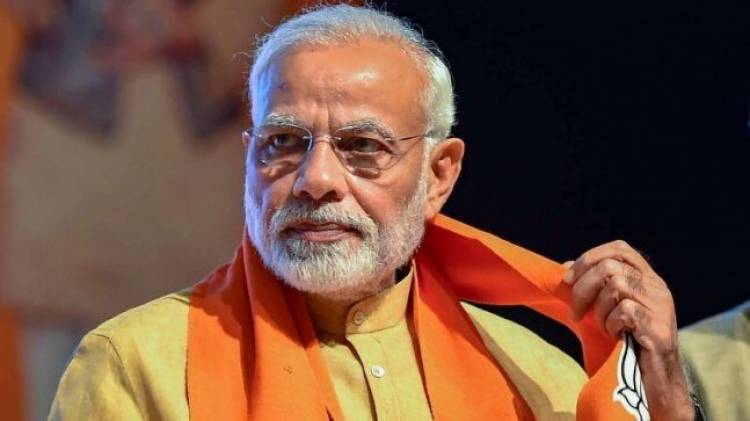
The main opposition is the Congress party that governed India for most of the period from independence in 1947 till 2014 with short breaks in the late 1970s and 1990s and from 1998 till 2004 when a BJP led alliance governed. It has been in opposition since 2014 when it was twice trounced by the BJP led by Prime Minister Narendra Modi who is widely expected to win a third term when voting ends on June 1.
The Congress put in a very weak performance in 2014 and 2019 and is not projected to do well in the current election. The Congress and its UPA partners were tied to massive corruption and the politics of religious appeasement and were voted out by a landslide in 2014. However, Congress feels it will form the next government in mid June with its alliance partners called INDIA bloc. No opinion poll showed INDIA winning a majority. All polls showed BJP and its NDA alliance partners winning a majority. Even critics say BJP will win. The BJP on its own is projected to win more seats than it won in 2019 (303). The BJP claims it will win 350 plus seats on its own and the NDA over 400.
The confidence of Congress and INDIA lies in the fact that voters turnout has been down by some eight percent. One cannot explain why the turnout is lower than 2019 when the PM’s popularity is now at its peak. Modi has been the most the most popular politician in recent decades with approval ratings exceeding 70%. Is there Modi fatigue? Foreign governments and NGOs have been pouring in money, funding the opposition to defeat the nationalist Modi; the communists are also getting outside funds to help defeat Modi; foreign money could impact the turnout and outcome. Assessing the meaning of a low turnout is also fraught with difficulties. It could be the result of scorching heat with temperatures almost 120 degrees. Compare that with temperatures in the Caribbean in the 80s or low 90s. Another factor impacting on turnout is funding. The opposition is tight with funding in spite of foreign funds and has had difficulty to get its base out to the polling stations unlike the BJP and NDA partners who are flushed with funds.
What is the estimated outcome as queried by Indo Guyanese and Indo Caribbeans? Almost all pre election polls say NDA will win. Modi will return. Some polls say BJP is likely to get a majority on its own while others say it will come up short but NDA will get a majority (over 272). No poll put the INDIA bloc ahead. Based on this writer’s analysis after interviews with voters from several states from the first five phases and pre-first phase, BJP was projected to get at least 265 seats out of 428 that already voted. The party was a mere seven seats from obtaining a majority which it would have won from the sixth phase (when voters cast ballots for 58 seats) last Saturday. Several seats were expected to be very close going either way.
In the final phase, voters will decide 57 seats including Modi’s in the prestigious Varanasi (holy city) constituency; Modi is expected to easily win re-election for a third time by a landslide. Based on trends, BJP should get some 330 seats and the NDA 370; 350 and 400 respectively are not ruled out because BJP has run a very effective well oiled campaign machine. The BJP also assisted its allies with campaign management and resources to help them win in some fifty seats. The nation, Indian Guyanese, Indo Caribbeans and the world anxiously await the results.


















